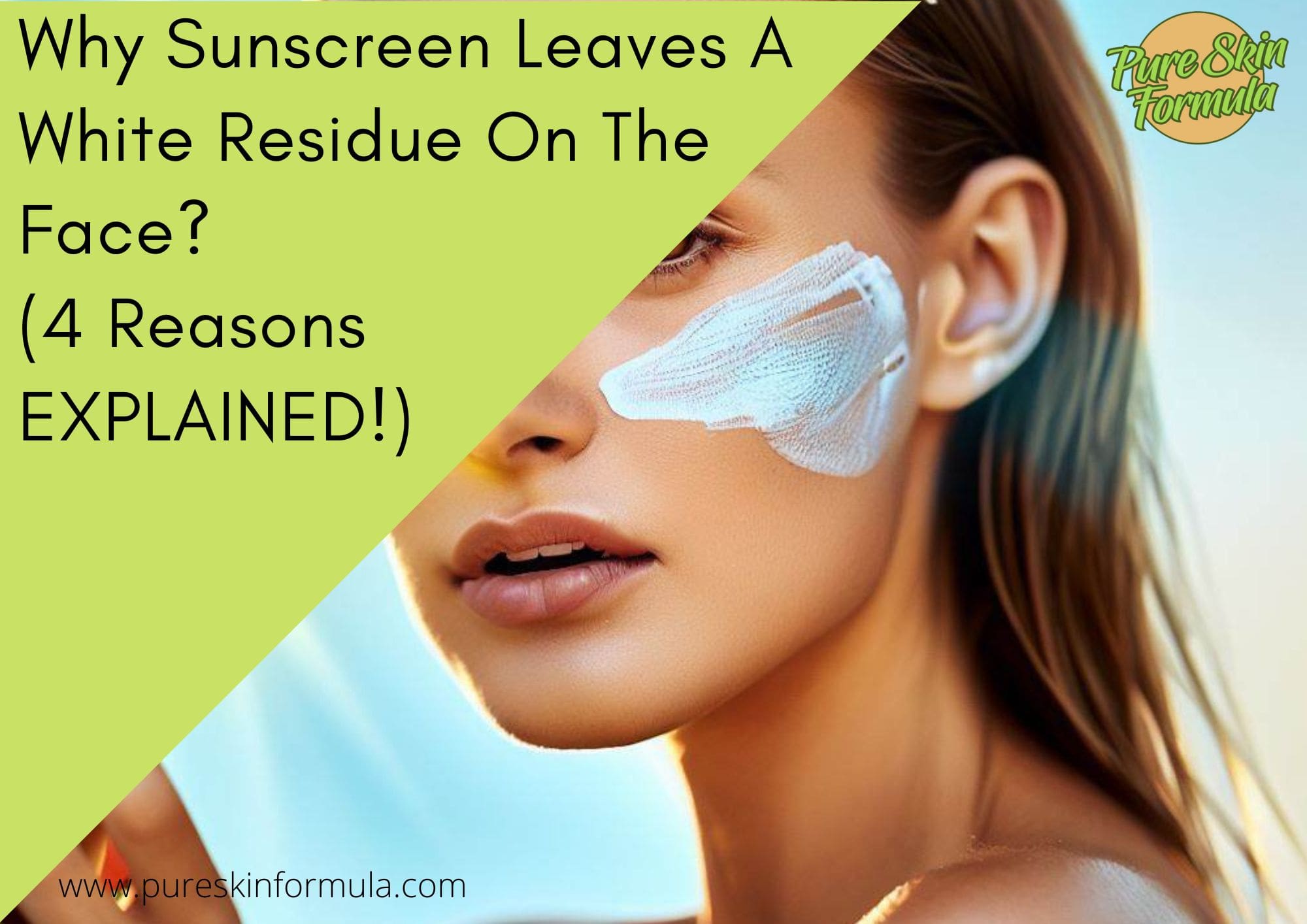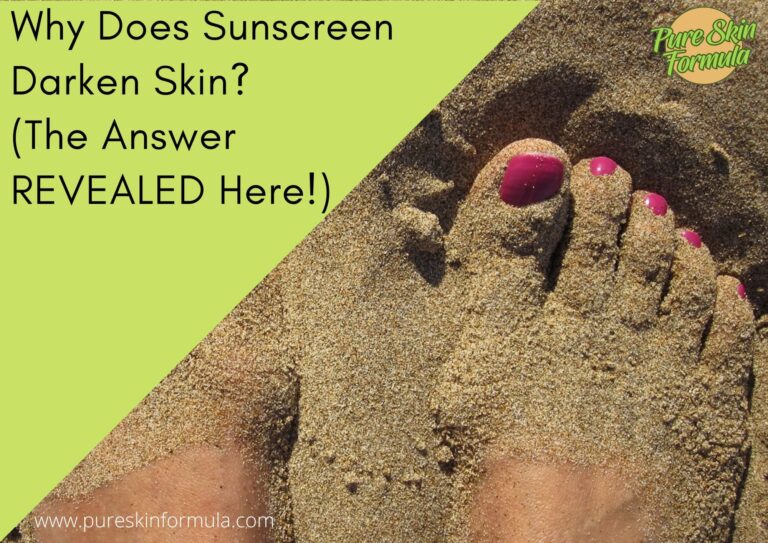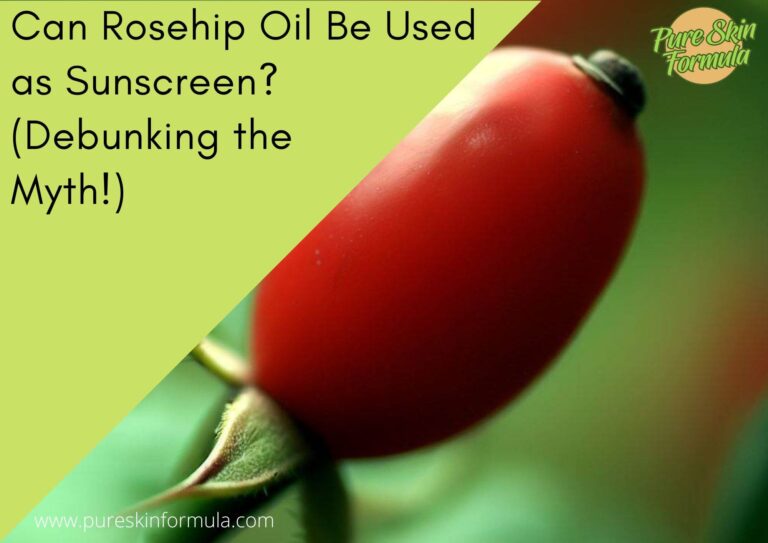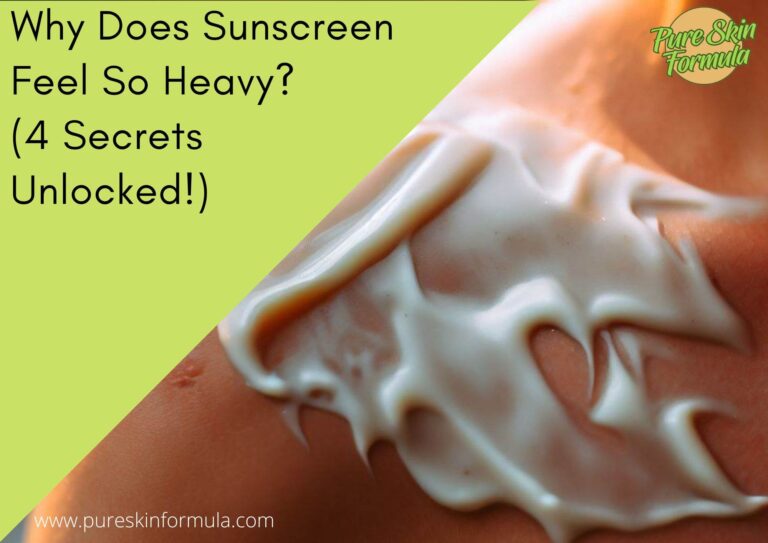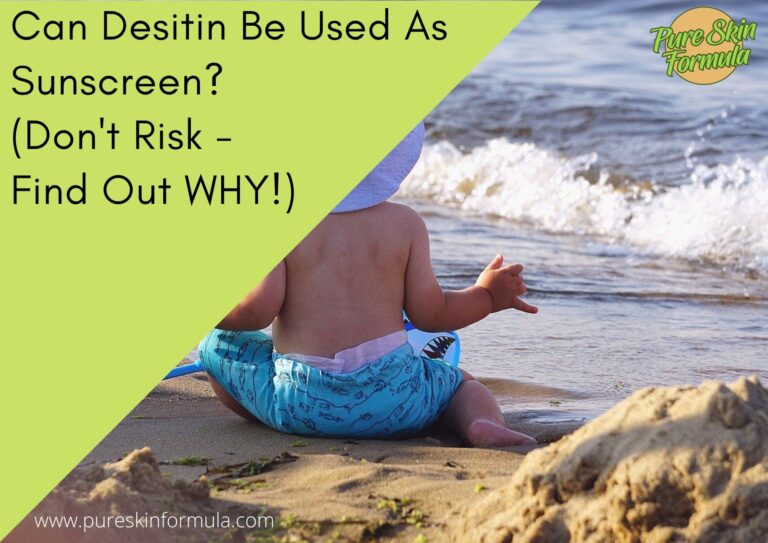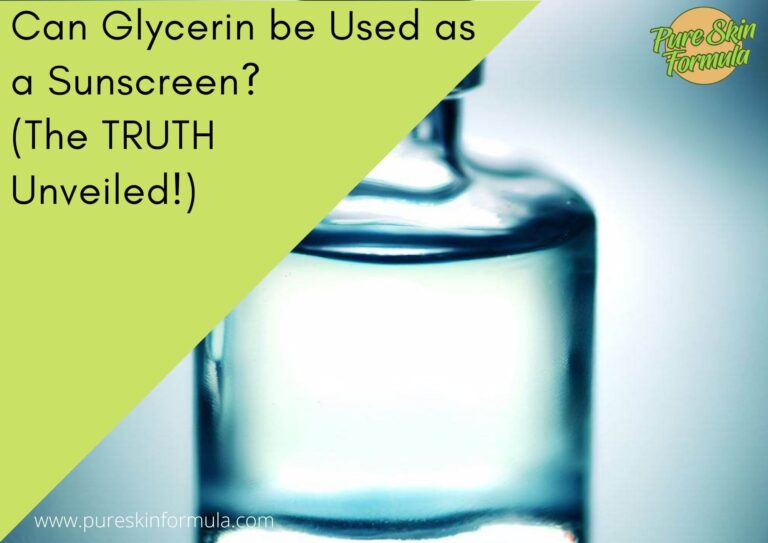Have you ever felt annoyed as sunscreen relentlessly trickles into your eyes?
Or do you dread the white, pasty residue that some sunscreens leave on your face, making you look like a ghost? Well, you’re not alone.
These are common frustrations that many of us face when it comes to using sunscreen. But have you ever wondered why?
Understanding the science behind this annoying side effect can help you choose the right sunscreen and learn how to apply it correctly.
In this blog post, I will explore the reasons behind this sunscreen mystery so that you can enjoy the benefits of sun protection without frustration.
Why sunscreen leaves a white residue on the face?
Using sunscreens with active ingredients such as zinc oxide and titanium dioxide.
They reflect and scatter UV rays away from the skin but can leave a white film on the skin, especially if the product is not rubbed in thoroughly.
Skin type, application method, and product formulation can all affect how sunscreen is absorbed into the skin.
Also, be aware of the texture of the sunscreen. Products that are too thick or oily can leave a white film on the skin, so look for lightweight formulas that absorb quickly.
Let’s explain this further.
Which active ingredients in sunscreen can cause white residue?
Sunscreen is designed to protect the skin from the harmful effects of the sun’s UV rays. The active ingredients absorb or reflect UV radiation away from the skin.
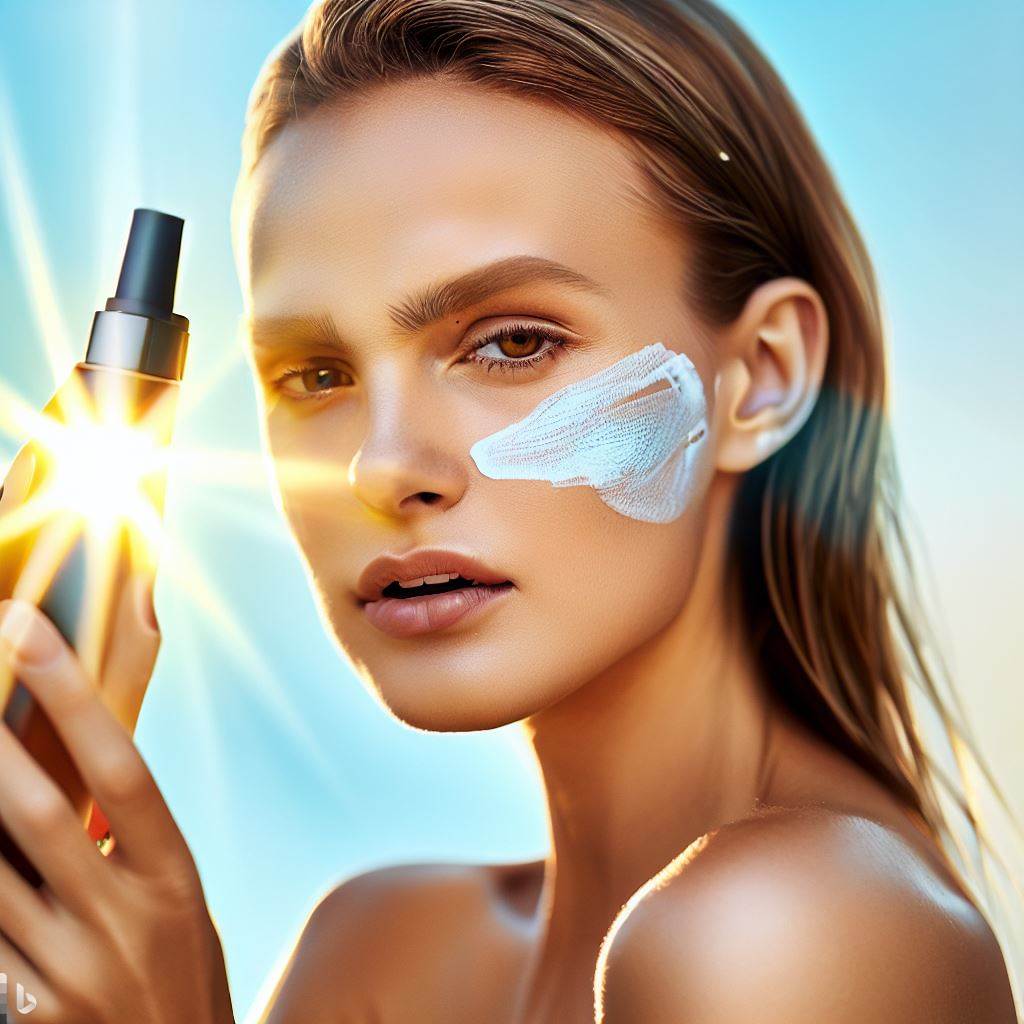
Some of these active ingredients, such as zinc oxide and titanium dioxide, can cause a white residue on the skin. They are mineral-based ingredients commonly used in physical sunscreens.
They sit on top of the skin and create a physical barrier to reflect and scatter UV rays away from the skin. While effective at protecting the skin, these ingredients can also leave a white film on the skin.
Why? Because the particles of zinc oxide and titanium dioxide are larger than the pores on the skin and can sit on top of it rather than absorb into the skin.
Many sunscreens now use micronized or nano-sized zinc oxide particles and titanium dioxide to combat this issue. These smaller particles can absorb into the skin more efficiently, reducing the white film effect.
Additionally, some sunscreens combine mineral and chemical ingredients to provide broad-spectrum protection against UVA and UVB rays without leaving a white residue on the skin.
How to avoid the white residue?
There is something you can do. Keep in mind the following tips.
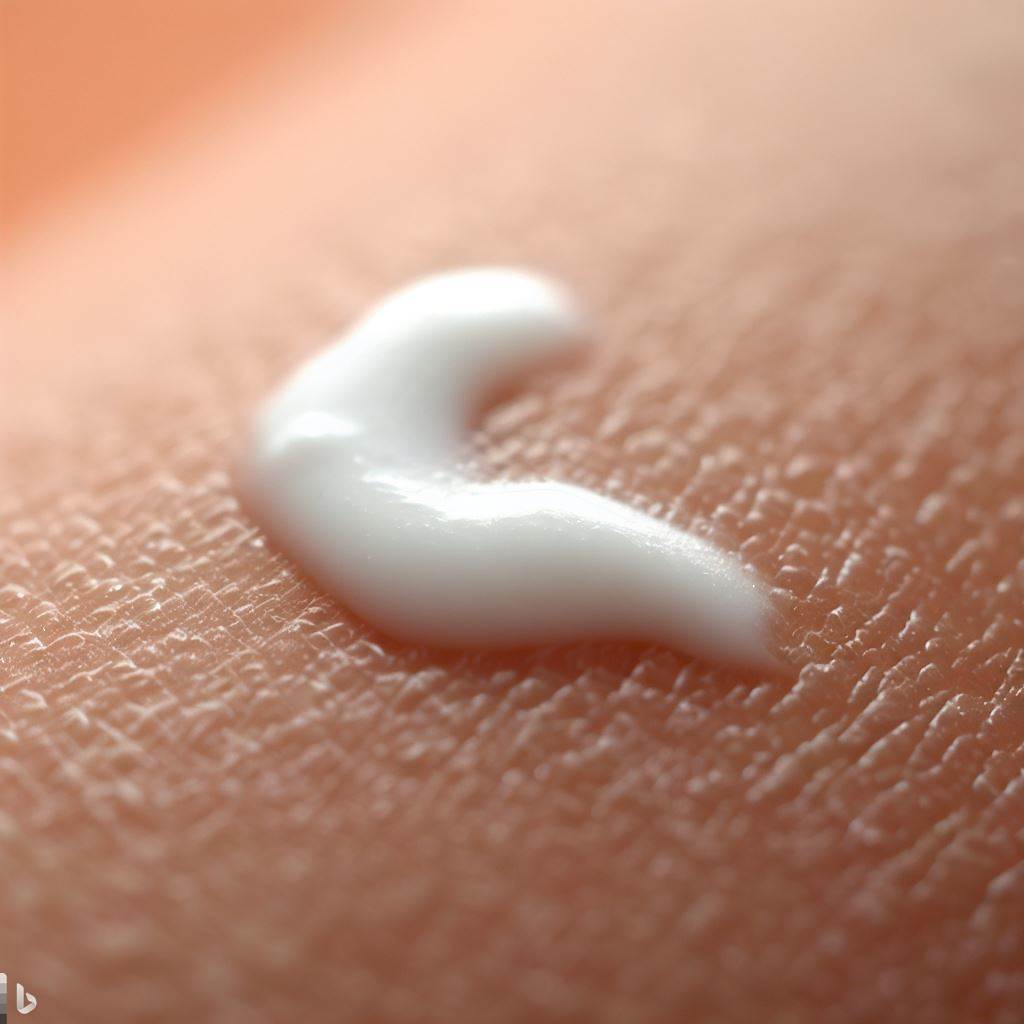
Choose the correct type of sunscreen: Look for sunscreens that are labeled as “non-greasy,” “lightweight,” or “invisible.”
These formulations are less likely to leave a white residue on the skin. Avoid thick or creamy sunscreens, as these may be more difficult to rub in and can leave a white film.
Look for sunscreens with micronized or nano-sized particles: They are less likely to leave a white residue on the skin. They absorb more easily into the skin, making them less visible.
Apply sunscreen generously to all exposed skin areas, including the face, neck, and ears.
Be sure to rub the sunscreen thoroughly, especially in areas with common white residue, such as the nose, cheeks, and forehead.
Try tinted or colored sunscreen that can help to minimize the appearance of white residue. These products can provide an additional layer of coverage, making them an excellent option for those who want extra coverage.
Which other factors may contribute to sunscreen residue?
Let’s discuss three of them.
Skin type
Those with dry or flaky skin may be more prone to experiencing white residue when applying sunscreen.
This is because the dryness and flakiness can cause the sunscreen to adhere to the skin rather than being absorbed.
Exfoliating the skin regularly can help remove dead skin cells and improve the skin’s ability to absorb sunscreen.
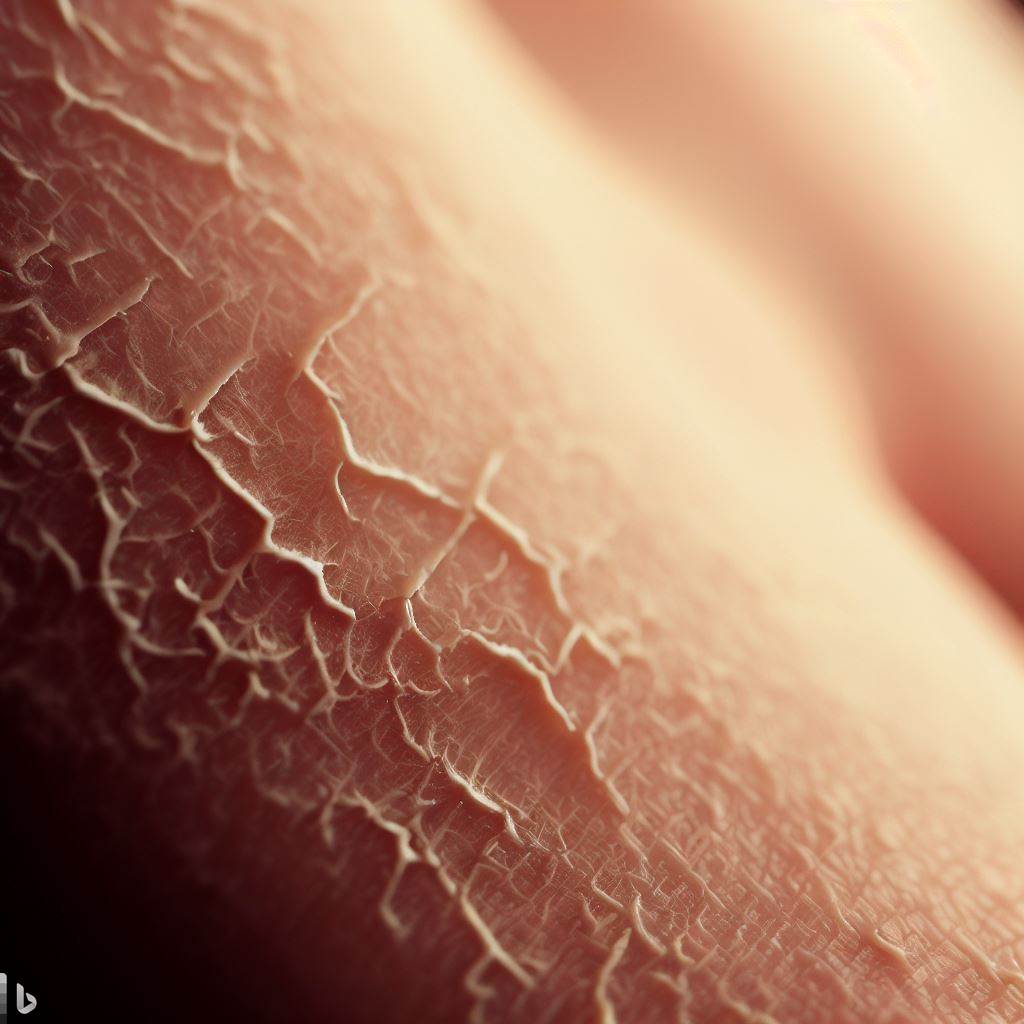
Application method
Applying sunscreen can also affect whether or not it leaves a white residue.
Too little sunscreen or not rubbing it correctly can cause the product to sit on the skin and create a white film.
To avoid this, apply sunscreen generously and rub it in thoroughly, paying extra attention to areas where white residue is common.
Product Formulation
The formulation of the sunscreen itself can also contribute to the white residue.
The ones that are too thick, heavy, or oily are more likely to leave a white film on the skin.
Some sunscreens may contain other ingredients that can cause the product to become more visible on the skin.
When choosing a sunscreen, look for lightweight formulations designed to absorb the skin easily.
Conclusion
The phenomenon discussed isn’t something terrible. But it might cause you discomfort.
Understanding why sunscreen leaves white residue on the face can empower you to make informed decisions about your sun protection routine.
You can select sunscreens with micronized or nano-sized particles that minimize residue by recognizing the active ingredients, such as zinc oxide and titanium dioxide, and their tendency to create a white film.
Factors like skin type, application method, and product formulation can further optimize your sunscreen experience.
Remember, the key lies in choosing the right sunscreen and applying it correctly to achieve adequate sun protection without unwanted white residue.
With this knowledge, you can confidently enjoy the sun while keeping your skin safe and blemish-free.
Thank you for reading!
Valeria

